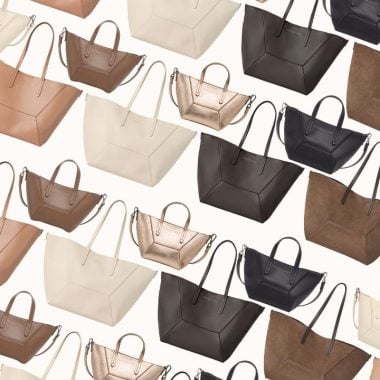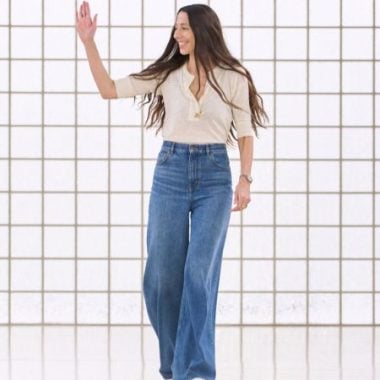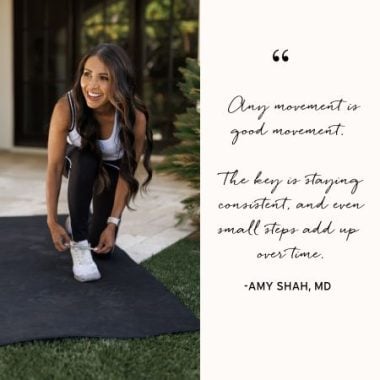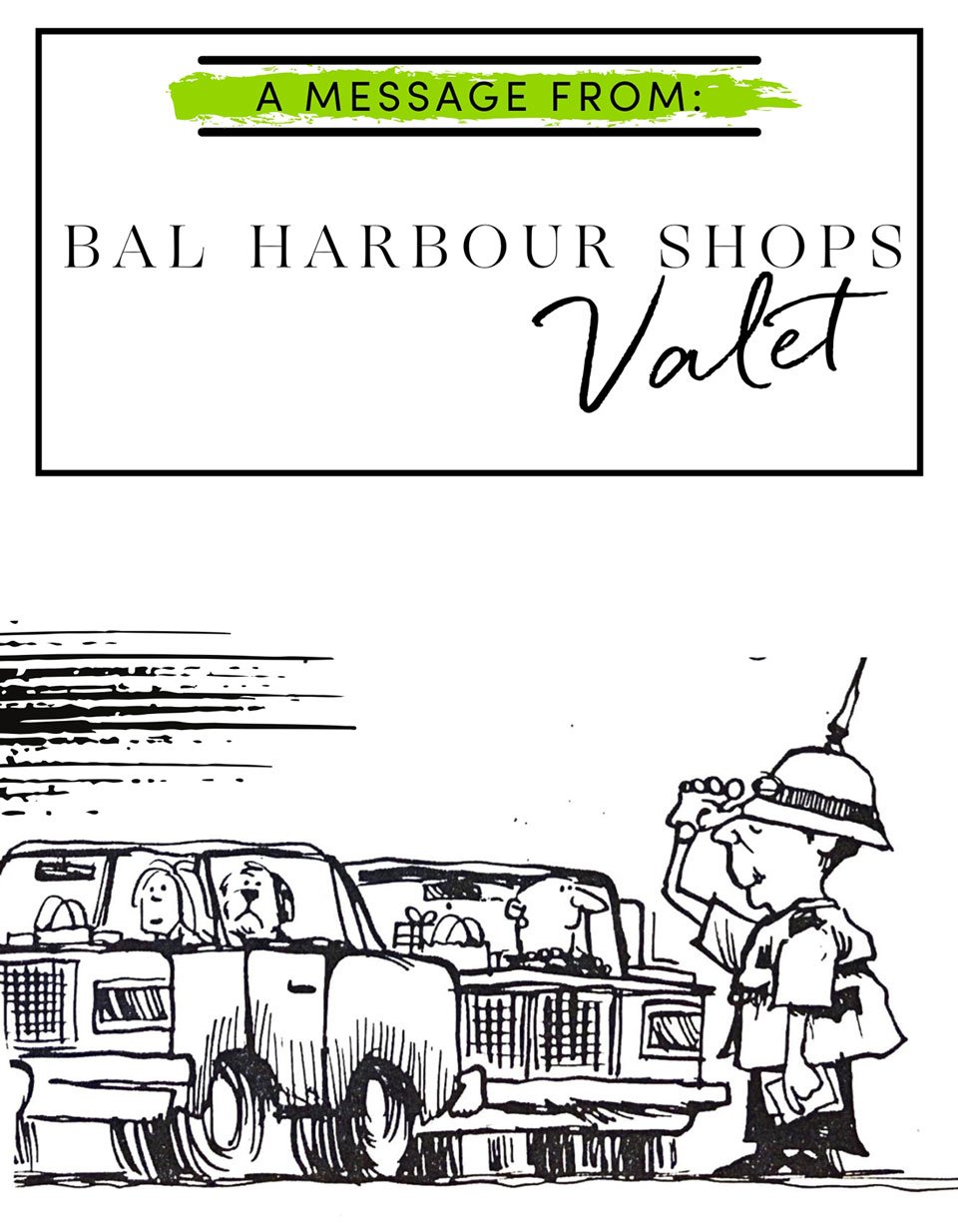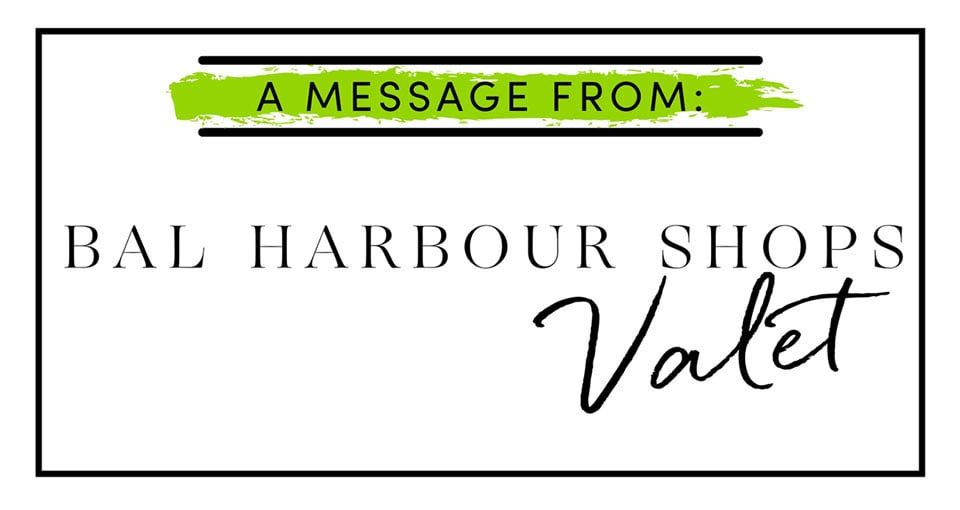By Darnell-Jamal Lisby
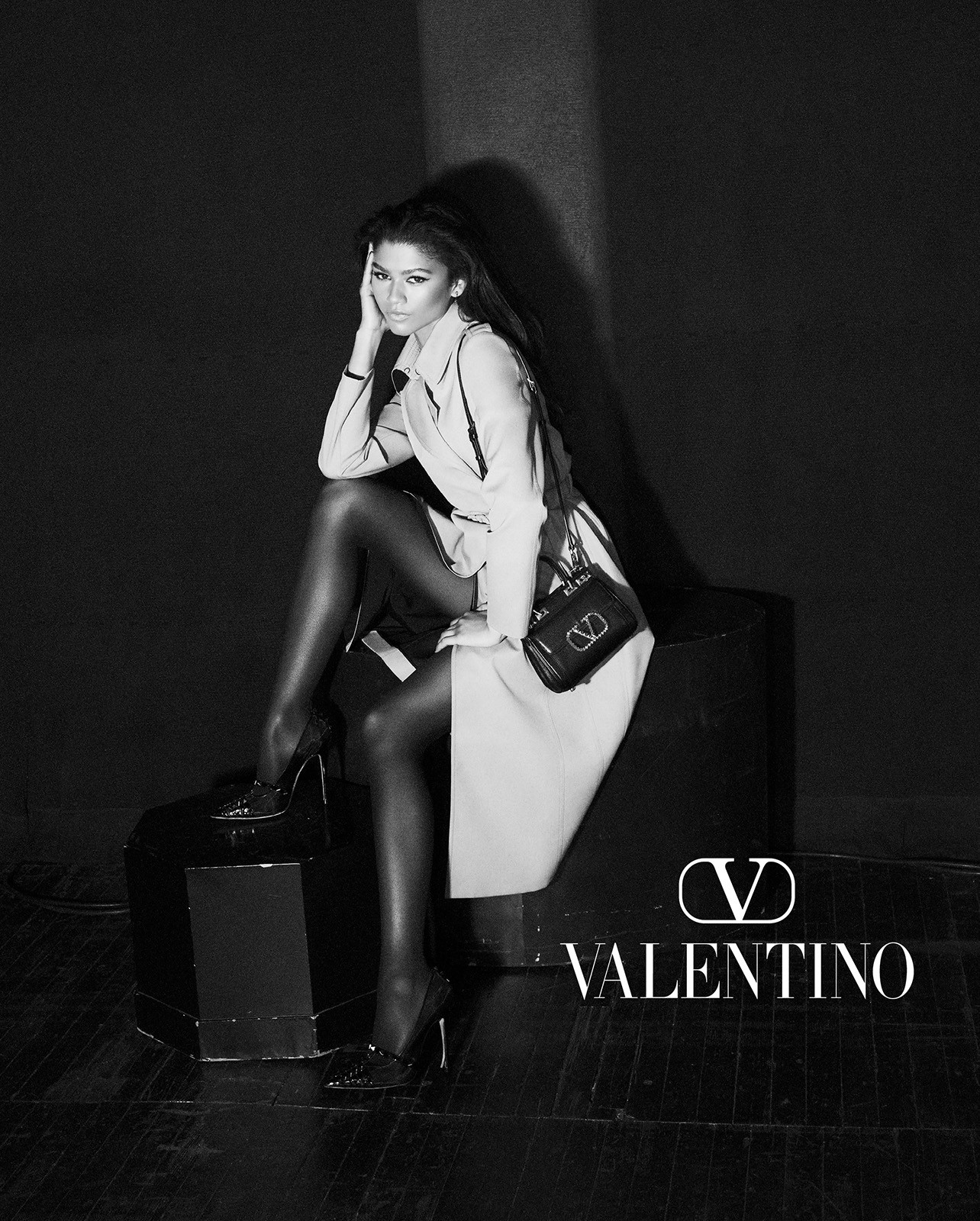
Zendaya, the first “face” of Valentino, photographed by Michael Bailey Gates. Courtesy of Valentino.
For the last decade, Image Architect Law Roach and acclaimed starlet Zendaya have been among fashion’s most sought-after duos. These types of relationships—Alaïa and Naomi Campbell, Pat Cleveland and Stephen Burrows, Misa Hylton and Lil’ Kim—shaped the industry’s landscape in their respective times, adding romantic flares to each era. Roach and Zendaya sit comfortably in this lineage, working together to create marvelous images that celebrate Black creative ingenuity and history, and figuratively communicate the various life chapters they transition within from one to another. Peeking underneath their seamless, collaborative relationship, I got a chance to speak with Roach and reflect as we celebrate his 10-year anniversary working with one of film and fashion’s most intriguing figures.
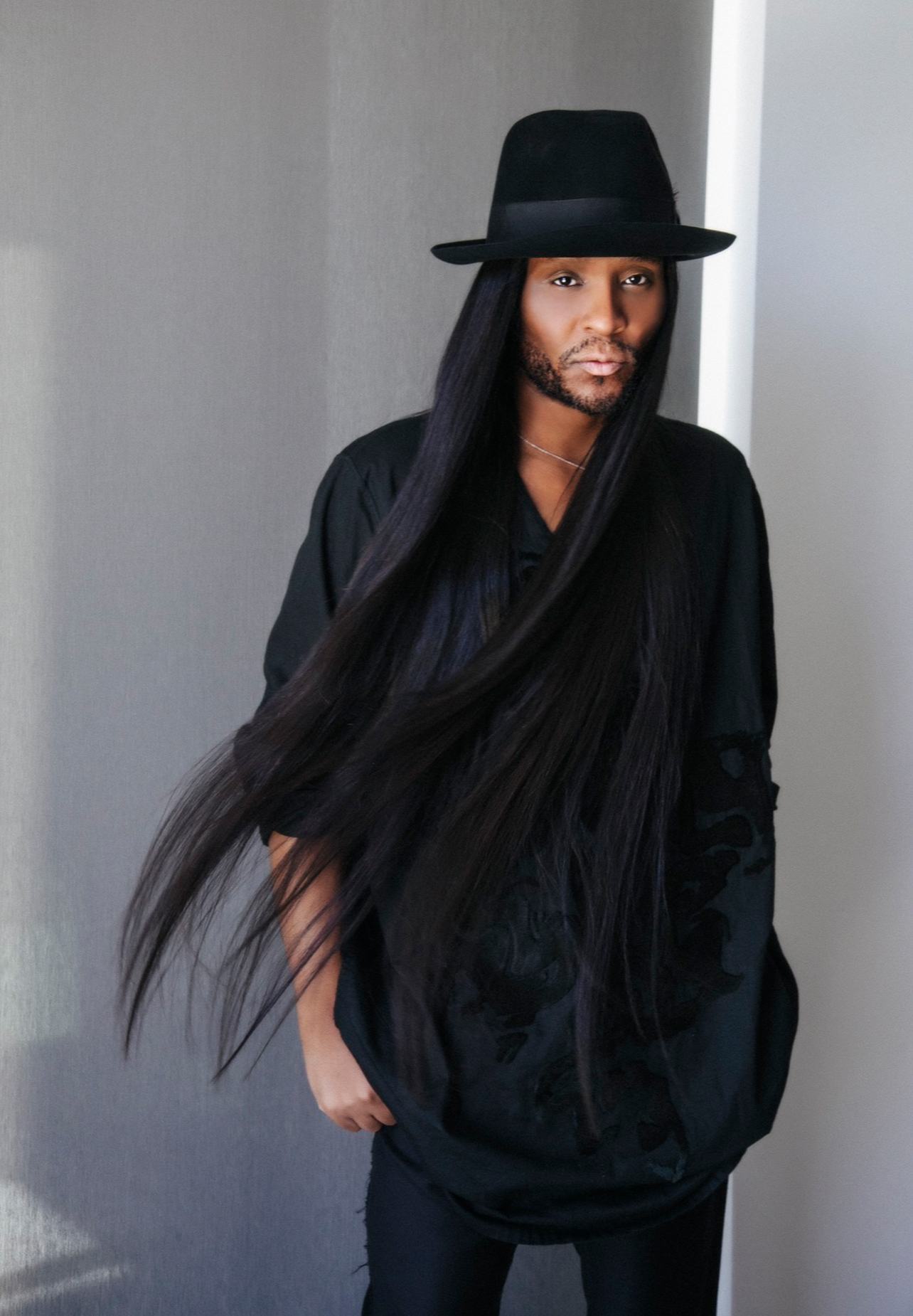
Law Roach by Easton Schirra.
Darnell-Jamal Lisby: Looking over your journey with Zendaya, how has she inspired your creative process?
Law Roach: She’s my muse. We have so many dynamics that make up our relationship—employer and employee, for example—but there is also a big brother and little sister relationship because we grew up with each other; we’ve seen each other’s successes over the last decade. Then there’s this fantastical idea that I have of her as my fashion muse. When I’m watching shows, doing research or scrolling through inspiration, she’s always the first one I think about before any other client. I say, “That’s a Zendaya dress,” or “That’s a Zendaya look.” She always sparks inspiration for me.
DL: Are there facets of her artistry or her work process that you have been privy to that have informed how you treat a project?
LR: What’s so interesting about Zendaya is her decision-making abilities and what she says no to. “No” is just as important as “yes.” I admire how grounded she is and always has been. She has such an old soul. Even when she was fifteen years old, she was able to make essential and grown-up decisions. That has always been inspiring.
DL: Being a fashion historian, research around someone’s process is essential for me, even more so than the results. For Zendaya’s recent Elle cover, the juxtaposition of haute couture and Nike sneakers seamlessly takes us into a new dimension where fashion, and how it is presented, is not linear. Using that as a counterpoint, what is the flow of creating these types of imagery, and how does the narrative take shape?
LR: There are two parts to my process. There’s research and drawing from things. I’ll see a girl at the airport and take a mental picture of that. I draw heavily from experiences; I’m a people watcher. I’m also an Instagram stalker. I’m also a dreamer. I’ve done a lot of things that have come to me in a dream, and then I try to find it in real life. That Elle cover was an homage to fly ass Black girls who grew up in Chicago and who I knew when I lived in New York. My goal was to have Zendaya embody this fly girl who was at an event and had this amazing gown on, and afterwards she’s still feeling cute and doesn’t want to take her gown off, so she throws on her sneakers. Now she’s on a stoop, smoking with her friends. That’s who inspired this shoot, especially since I know those proverbial girls.
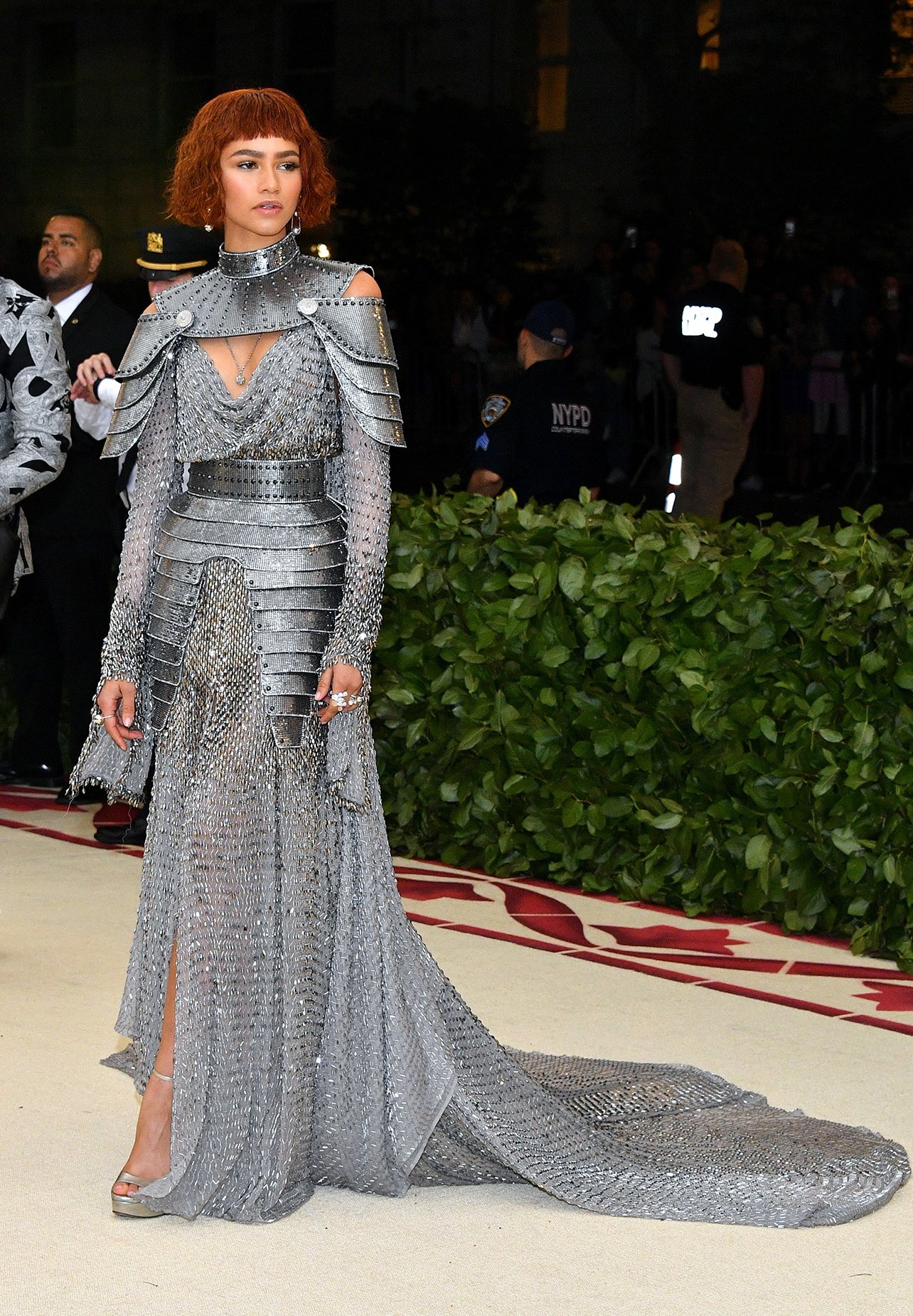
Zendaya at the Met Gala in a Joan of Arc look by Versace photographed by Dia Dipasupil/WireImage via Getty Images.
DL: The Met Gala red carpet has been graced with incredible ensembles that were assembled by your vast imagination. One of my favorites was the Versace Joan of Arc moment. How do these exhibitions, or even art history, operate in your creative process?
LR: I am obsessed with the way women carry themselves. For a long time, Zendaya was associated with Disney. For the 2019 gala, she wore a custom Tommy Hilfiger gown, fashioned as Cinderella. That was right around the time Euphoria came out and we were essentially paying homage to her own story, but using Cinderella to do it. That moment represented Zendaya shedding her Disney persona to take on this new work. I was there as her fairy god-brother—the person to help her make this transition. When she left the slipper on the stairs, it represented her shedding the Disney imagery; that was the last time she appeared as a “Disney Princess.”
For the Joan of Arc Versace look, they sent over 25 sketches. I looked at those, went to sleep and woke up feeling that the ensemble needed to be literal. I wanted a dress of armor, so we went back to the drawing board and that was the outcome. That’s my process: research, a little dreaming and being the little Black gay boy from Chicago at heart.
DL: How you’ve managed to uplift Black bodies and culture, particularly through Black women in glorious depictions, is unequivocally motivational. Can you share what motivated your recent Donyale Luna tribute for Essence magazine?
LR: That shoot was an extension of the Paris show we did with Tommy Hilfiger where we had all Black models. We had Beverly Johnson, Veronica Webb and all these incredible women. The show in Harlem celebrated how these women paved the way; if it wasn’t for them, how could there be a Zendaya, who has been on the cover of American Vogue twice, among so many other covers? Zendaya and I are very humbled by the people who came before us. Also, if there wasn’t a Zendaya, how could there be a Law Roach? Any opportunity we get to pay respect to Black women and their contributions to fashion, we take.
DL: What about your experience with Black women forged this path for you?
LR: How could it not? These powerful, tenacious Black women raised us. When you’re old enough to appreciate what your grandmother did, or what “Mrs. Johnson” next door who babysat you did, you can’t do anything but celebrate the character of these women. We must be storytellers and communicate to future generations to keep these women’s memories alive, because of what others may do to our history. Everything I’ve learned I’ve taught Zendaya, so she feels the same obligation. She’s also becoming a Black woman who will be celebrated for being a Black woman.
DL: I appreciate your successful effort to integrate a plethora of younger, bourgeoning designers, especially those of Afro-descent, within public-facing platforms. Where did this desire arise?
LR: It initially came from necessity. When I started working with Zendaya, I saw that she was tall, beautiful and poised, so I thought everyone would want to dress her. But this was a time when a lot of the big houses weren’t dressing Black girls, and they questioned the validity of Disney stars as “real actresses.” We had to make do and it forced me to use smaller, independent brands who were trying to “make it” like us, and I didn’t turn back. For example, Christopher John Rogers is a favorite, and to see where his career has gone is amazing. I think he’s one of the most influential designers in the world. When he speaks about his clothes, it’s so beautiful.
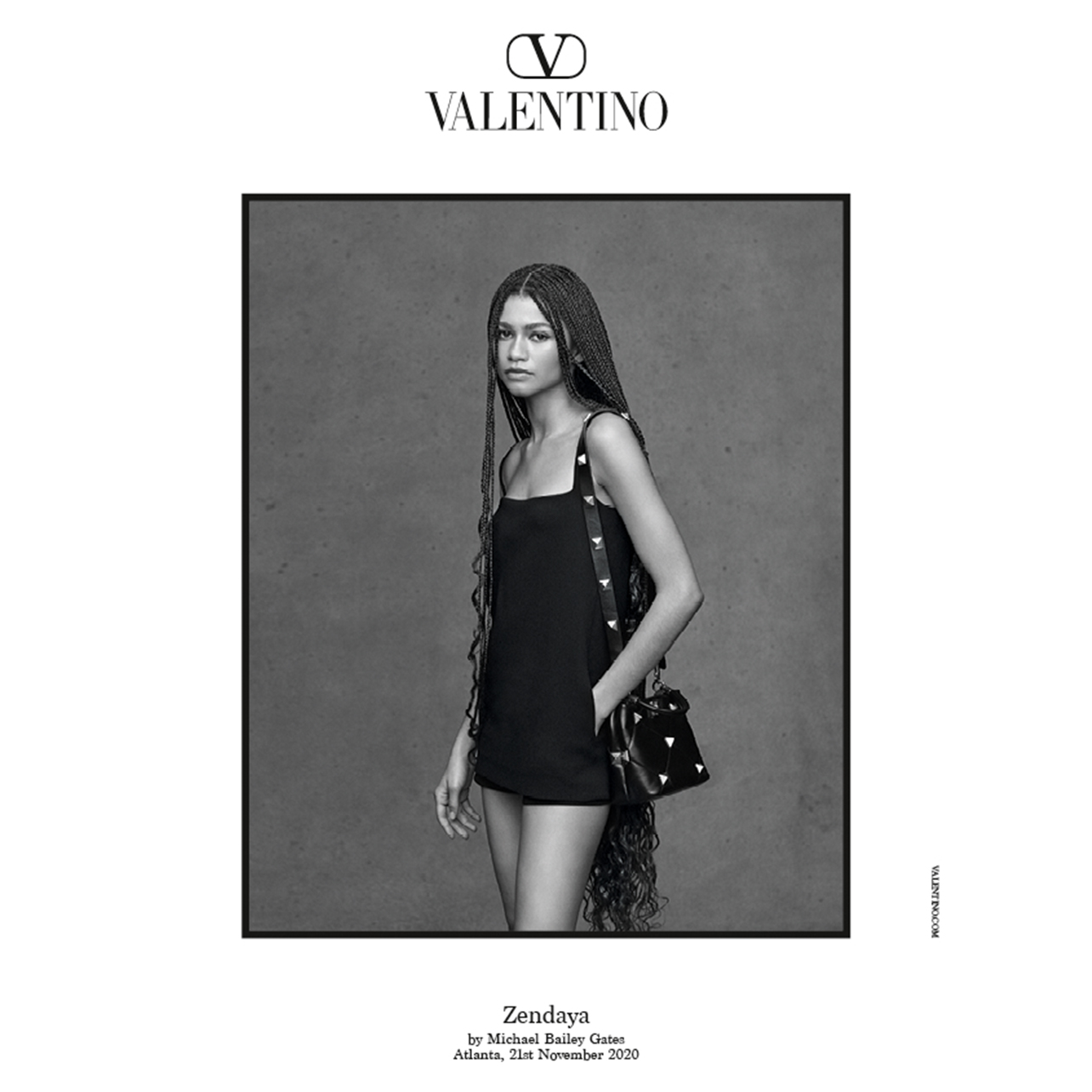
Zendaya for Valentino photographed by Michael Bailey Gates.
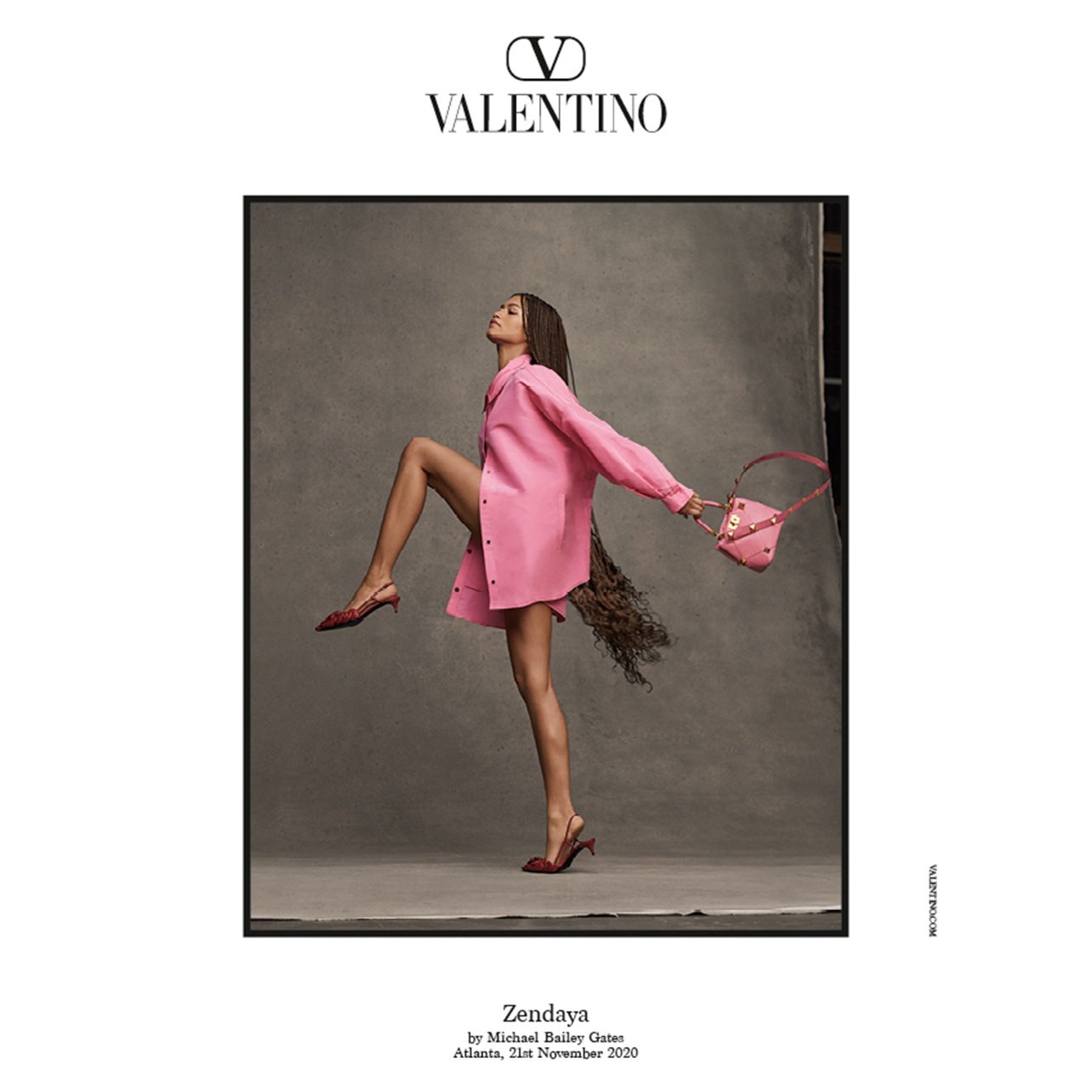
Zendaya in Valentino SS21 photographed by Michael Bailey Gates.
DL: Certainly, Zendaya’s new role as the face of Valentino is something to be admired and congratulated. As an image architect, what’s your place in fostering this new chapter?
LR: It’s incredible because Zendaya is the first face of the brand. It’s beautiful to be associated with such a legacy house. I’ve never really put Zendaya in Valentino, except maybe for a cover shoot; to become the face of a brand she has hardly ever worn speaks volumes to who we are as artists.

